Netflix’s latest genre offering combines gut-wrenching realism with off-the-rails horror for a unique and compelling two-in-one thriller.
A smart haunted house story understands the importance of providing a compelling, external reason why the protagonist would not flee.
Pragmatism is not enough. The staunchest skeptic, faced with disembodied screams, or bleeding walls, or any threat of physical violence, would undoubtedly leave, without any reservation or second thoughts. A good narrative makes remaining the last and only resort.
Call it an unfortunate side effect of our capitalist society, but the most relatable and convincing reasons horror characters have for remaining in haunted houses are almost inevitably economic anxiety.
No One Gets Out Alive turns the aforementioned economic anxiety into not only a compelling trap but also a source of terror in itself.
It is two movies, both engaging and fascinating.
They don’t always fuse perfectly, but when they do, No One Gets Out Alive is pure magic.
Ambar (Cristina Rodlo) is having a streak of improbably bad luck, even by horror film standards.
She is a recent transplant to Cleveland, working a thankless and abusive job in a textile factory. The motel she has been staying in demands an ID to continue her stay, and that is the absolute least of her identification problems. A distant cousin offers to help her get a job interview, for which she will also need an ID.
A co-worker has offered to help her get one, but because Ambar is living through her Job year, the ID has to meet certain specifications — to whit, it has to say she was from Texas. When she initially reached out to her cousin, regarding the opportunity, she had, in desperation, panicked and said that she was born in Texas, and now she is wed to the lie.
Unfortunately, a fake ID saying Ambar is from Texas costs 2000 dollars more than one saying she is from Ohio. Her co-worker/fake ID hook-up offers to front Ambar the money she needs, and a grateful Ambar gives her most of her cash, hoping to get the papers sooner than later.
But this is Ambar we’re talking about, and it takes, at most, 15 minutes of the movie to realize nothing is going to go right for this poor girl, so of course, her co-worker takes the money and runs.
Compounding all of this, Ambar is still dealing with the grief of losing her mother, who had been the reason she had waited so long to relocate to the states.
And that is movie number one.
Movie number two takes place in the deeply weird boarding house Ambar ends up staying at.
The price is good (too good, in the classic tradition of Hell Houses), so Ambar tolerates the owner, Red (Marc Menchaca), who is equal measures surly and creepy. The house is initially only frightening in the way that all foreign environments are. It’s vast and unfamiliar, with perhaps a few too many locked doors and “Private” spaces.
Red tells Ambar it is a women’s only boarding house — which in and of itself would give many a reason for pause (there’s something inherently predatory about a man running a women’s only boarding house). But she sees a man in the hallway.
Whoops, says Red. That’s my totally normal brother, Becker (David Figlioli), who by the way is totally normal (spoiler alert: he is not).
She begins to hear screams from the drainpipes. She sees phantom moths and has dreams about a large, black box. When she speaks to the other women staying at the house, they mention similar experiences, and it is apparent that something is very wrong.
Both storylines are compelling.
The first is a far more humane kind of horror. Ambar is presented extremely sympathetically, and it is painful to watch her face impossible struggle after impossible struggle. The story of an undocumented woman thrust into absolutely relentless and unforgiving circumstances is tragic.
It’s rife for real-world terrors, and No One Gets Out Alive understands the best ways to escalate every new threat: give Ambar (and the viewer) just enough hope to think “maybe this time it will work out” before it is yanked away, and everything becomes exponentially worse. It’s incredibly grounded.
The absolutely unhinged horror elements are spooky and well deployed.
Ambar is a likable, strong final girl. She is cautious, and when the supernatural weirdness turns from merely unnerving to truly threatening, she does what a sane person would do. She gets the hell out of Dodge.
A magic black murder box is always a good mystery, and there is some truly excellent creature work.
So, we have two good movies. But do they work together? Yes, to varying degrees.
There are some elements of the banana-boats horror film seeded into the prestige drama. But largely, they do feel separate, and by the time everything goes truly and wildly off the rails for Ambar, many of the earlier, real-world components are forgotten.
This isn’t necessarily a bad thing. Those plot points are put in place largely to get Ambar where she needs to be for the climax. It does, however, blunt the social commentary the movie may have been aiming for a bit.
Every point about the hardships faced by undocumented folks in the United States remains valid, but it is difficult to tie the impact of these statements to the very fantastic and escapist horror elements at the end.
A movie doesn’t need to have a message, and I am absolutely comfortable with No One Gets Out Alive trying to make something that is cuckoo-bananas that also says, “Hey, it’s garbage that people have to suffer like this.” There is just a slight feeling of disconnect.
Overall, though, any tonal quibbles are minor. And No One Gets Out Alive is another solid addition to Netflix’s original horror programming, just in time for your seasonal viewing enjoyment.


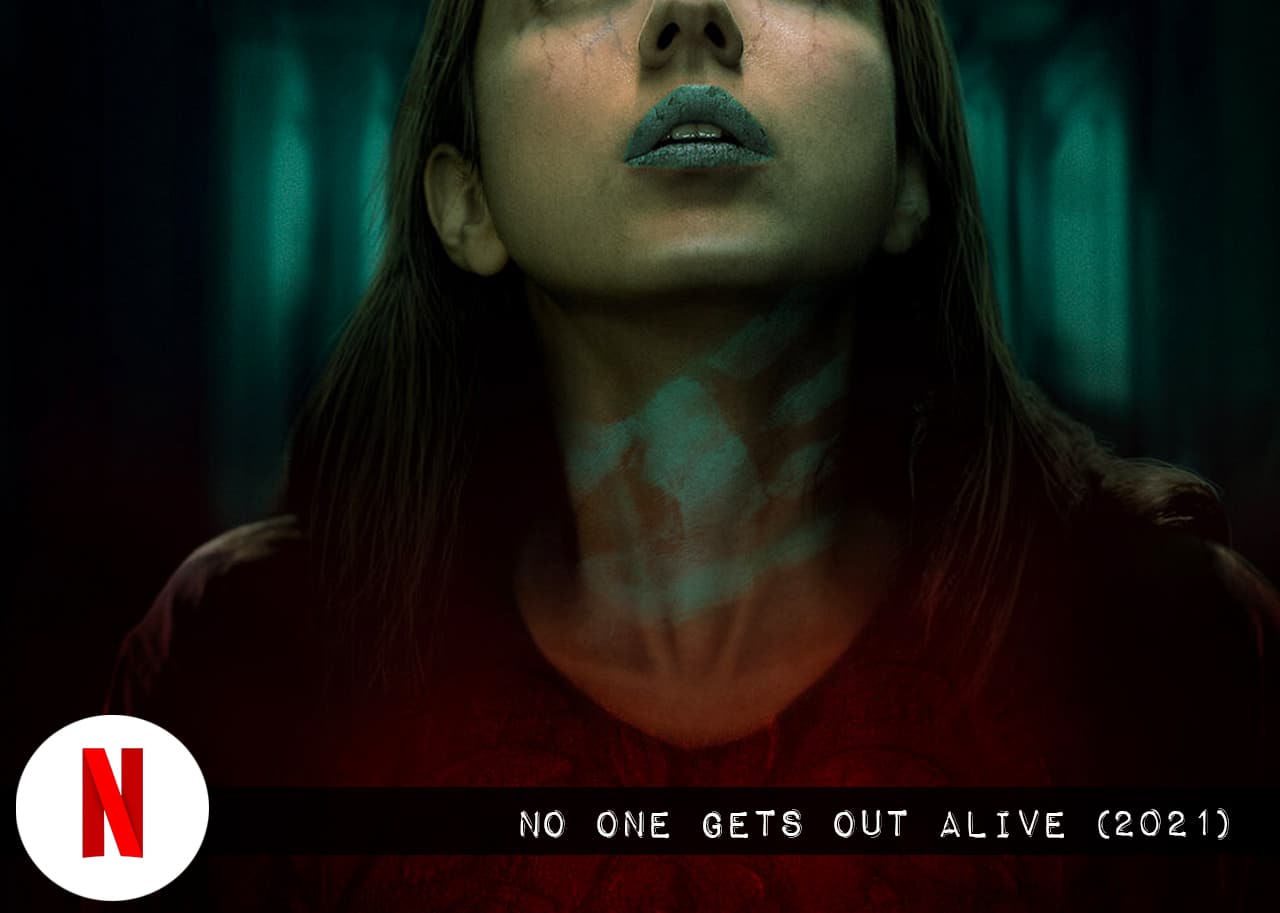
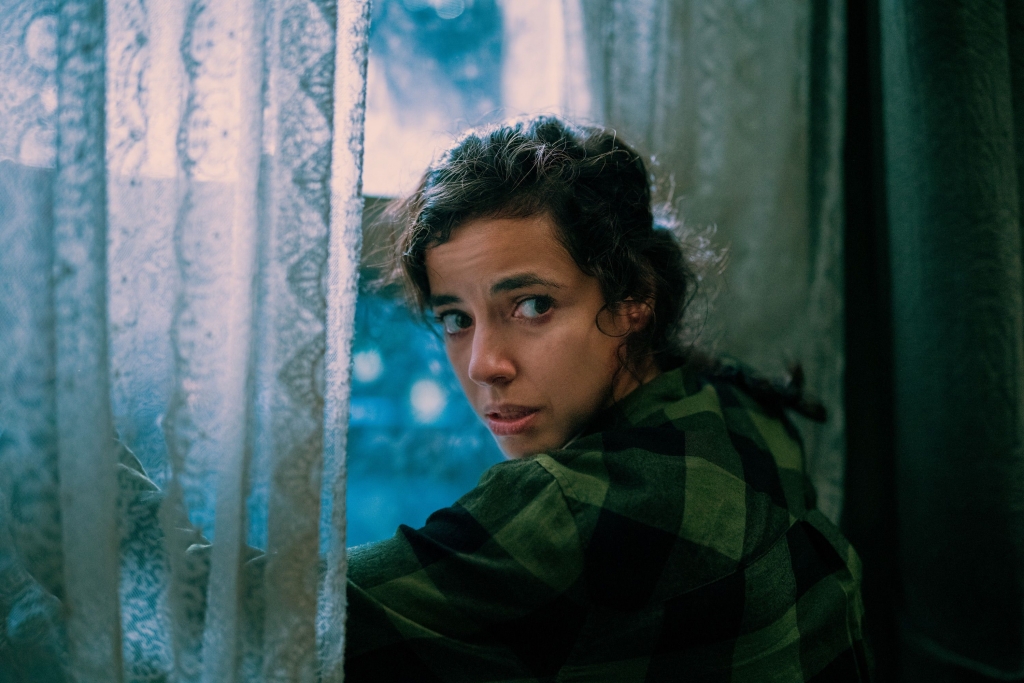
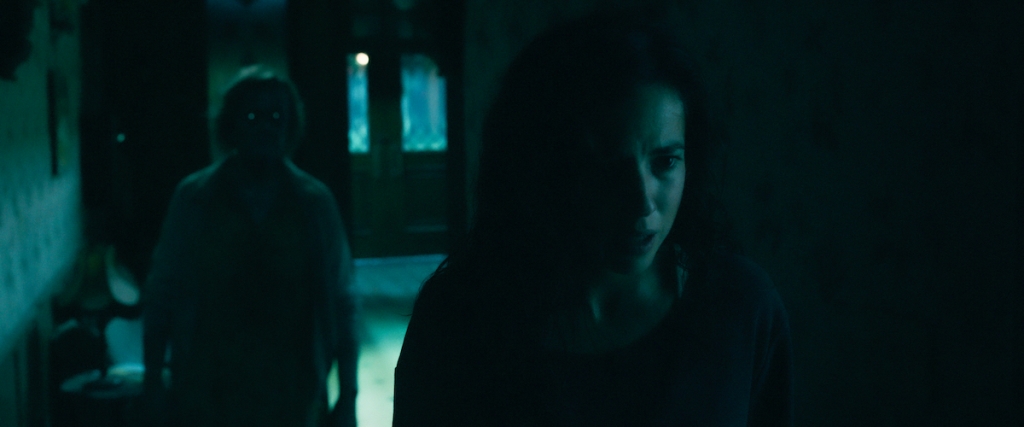

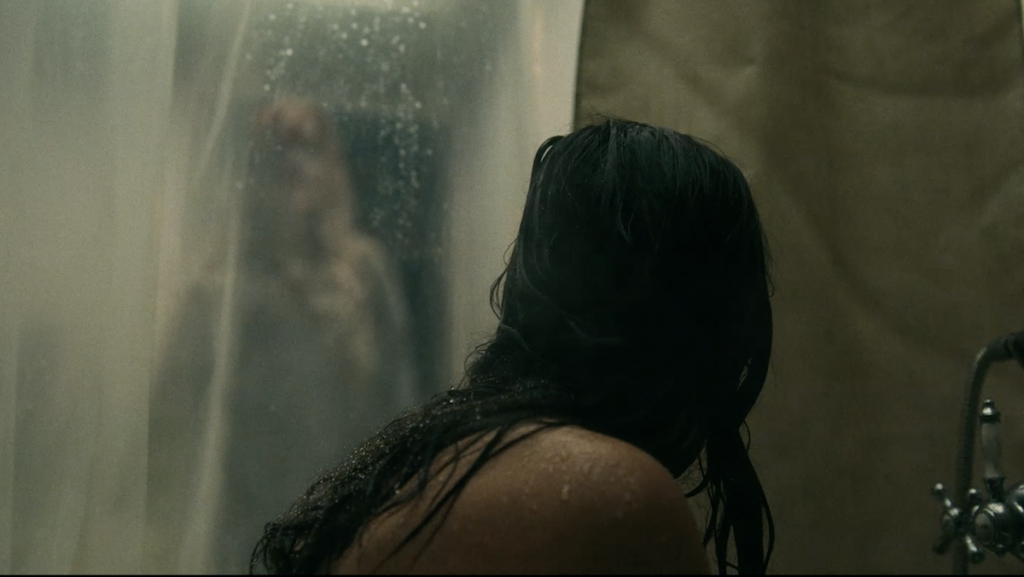
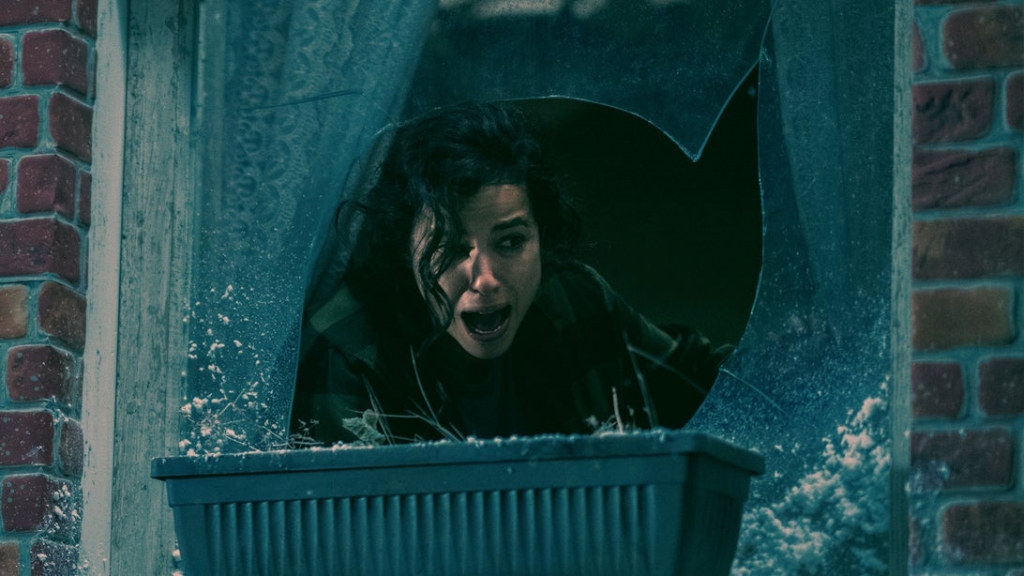

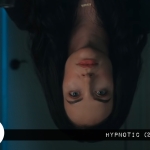


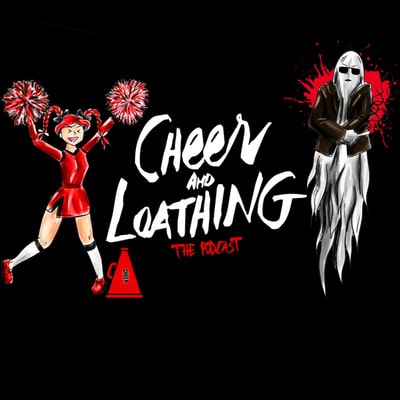










1 Comment
1 Record
Niiel wrote:
Personally, very personally, I found it very bad. There are elements in the composition and development that are not understood for what. And, if the plantation was a feature film without a message, they had a greater margin to exploit any other element. Exaggeration of the sound to achieve scare, the contrast too charged, the absence of light is not always scary and the bright eyes in the dim light do not always generate tension. For examples like this, those of us who look for true suspense and horror entertainment end up disappointed on platforms like Netflix.